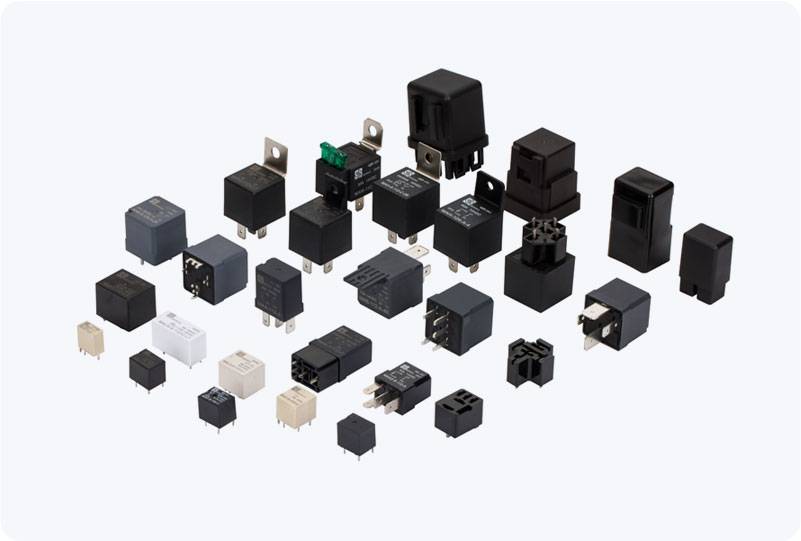Electric Vehicles (EVs) have become a cornerstone in the transition toward sustainable transportation, offering an eco-friendly alternative to traditional gasoline-powered vehicles. However, as the demand for EVs increases, so does the need for efficient, safe, and reliable components that ensure the vehicle’s electrical systems function properly. One such crucial component is the Precharge Relay. This article explores the importance, functionality, and benefits of the Precharge Relay for EVs, highlighting how it plays a key role in the overall safety and performance of electric vehicles.

Understanding the Precharge Relay The Precharge Relay is an essential device within the electric vehicle’s electrical management system. It is primarily responsible for managing the voltage and current flow during the initial power-up phase of the vehicle, which helps to prevent damaging electrical surges. When an EV is turned on or off, a surge of electrical current can potentially damage sensitive components like the battery, inverter, and motor controllers. The Precharge Relay is designed to prevent these damaging surges by gradually charging the high-voltage system before full power is supplied to the vehicle’s main components.